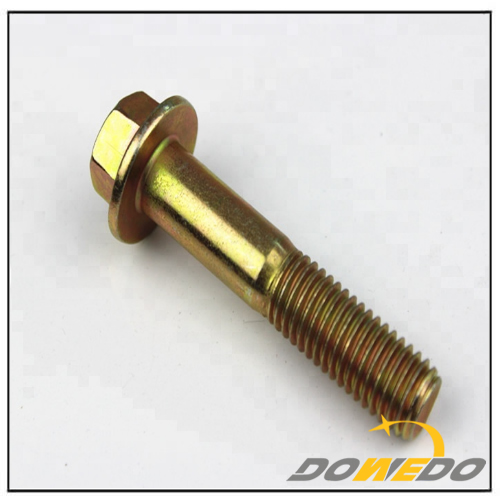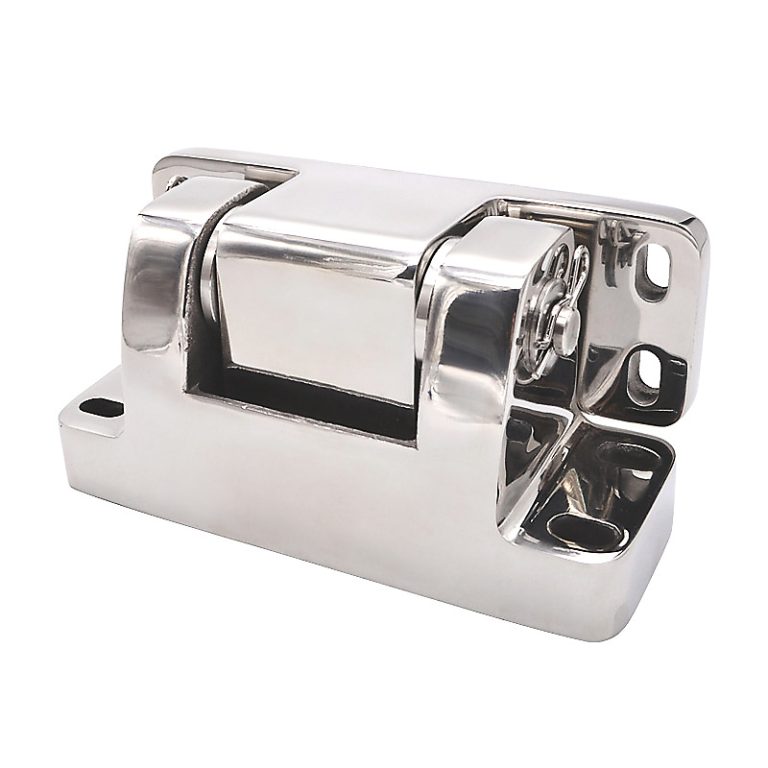Screws: An Essential Guide
Screws are crucial fasteners used in a wide range of projects, from home repairs to large construction jobs. Understanding the different types, sizes, and applications of screws can significantly enhance your project’s efficiency and durability.

What are the different types of screws?
- Screws come in many types, each designed for specific uses. Common types include wood screws, machine screws, self-tapping screws, and lag screws. They differ in thread patterns, head shapes, and materials used.
How do you choose the right screw size?
- Choosing the correct screw size involves considering the materials being fastened, the load requirements, and the thickness of the materials. Screws are typically measured by diameter (gauge) and length (in inches or millimeters).
What are the advantages of using screws over other fasteners?
- Screws offer several benefits, including strong holding power, ease of installation, and the ability to be removed without damaging the materials. They provide a secure and reliable fastening solution for various materials.
How should screws be properly installed?
- Proper installation involves drilling pilot holes, matching the screw type to the material being fastened, and using the correct driving technique to avoid stripping the screw head or damaging the material. Tighten screws firmly but avoid over-tightening, which can weaken the joint.
Screws are versatile and essential fasteners that play a crucial role in construction, woodworking, and everyday projects. Understanding the different types, sizes, and installation techniques can help you choose the right screw for your specific needs, ensuring strong and reliable connections.


